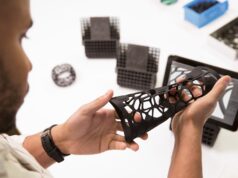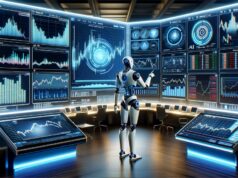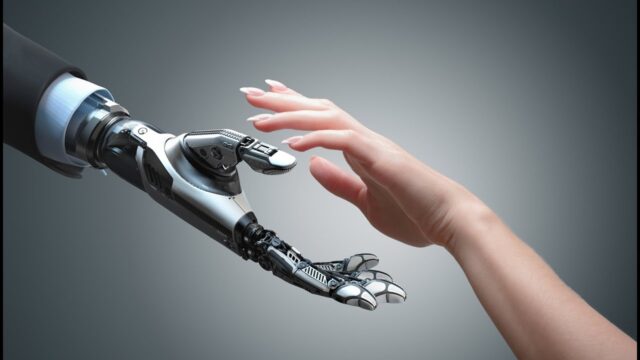
Have we come that far that we will have to get used to a life shared with robots? At this point, no, but in a few more years, we might as well get used to the idea. At this point, technology is at the highest level and every day, there are some new machines invented and upgraded. We still have a lot to learn about AI, however…
…The human-machine relationship is becoming a new trend for the current and future automated technological industry. It is now apparent that perfection is possible through the human-robotics coexistence. If you are interested more about this topic visit intellipaat.com for Machine Learning Online Course
The humans set the rules as the machines accomplish the ruled objectives. Thus, the article illustrates the bright possibilities of a world where both humans and robots join forces to realize the opportunities for limitless efficiency and perfection.
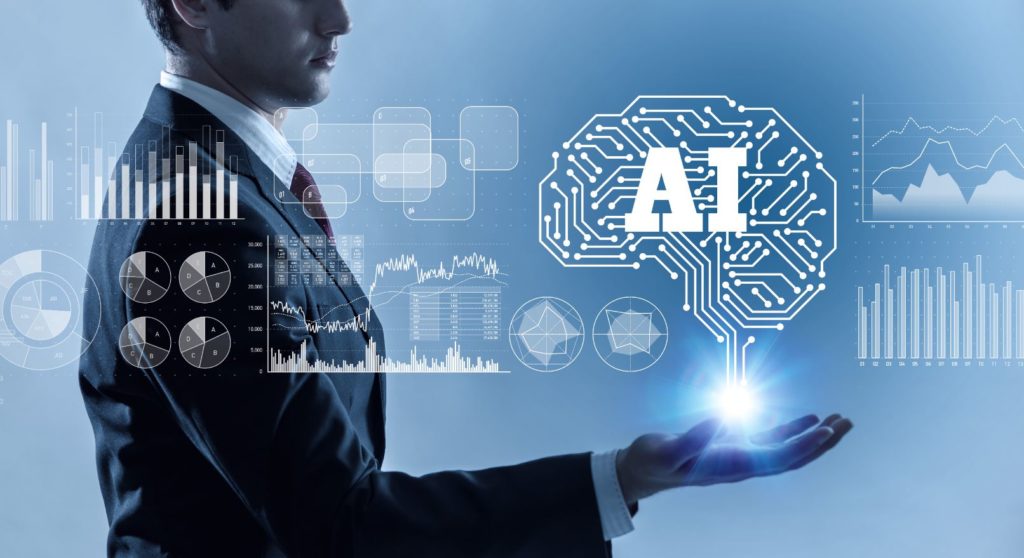
The current processes under automation in the industrial sector are off the charts. The capabilities of a self-driving vehicle is no longer a proposed concept but an evident reality on many market segments. An interdisciplinary research team, however, points out the possibility of a much better work relationship between the humans and the robots.
In an integrated work environment, the robots do not have to team alone towards a common objective the same way the humans do not have to team apart to realize the same goal. There can be a human-to-robot or robot-to-human work process taking place and not just the human-to-human or robot-to-robot processes supervised by both humans and robots.
The automation and digitalization of such processes continue to gain advancement on a technological road map. The likes of forklifts that fall under the category of self-driving delivery vehicles are becoming a favorite in many industrial segments. The companies that embrace their applicability now reap the rewards of time efficiency and cost savings in their work operations, as their report suggests.
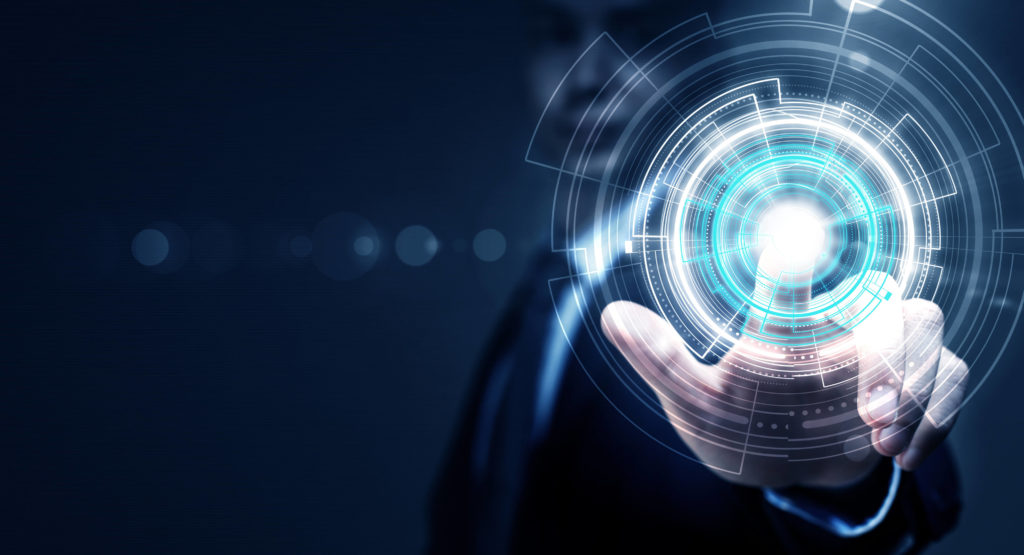
The universities of Trier, Duisburg-Essen, and Gottingen take credit for the interdisciplinary research team it summoned to report on the human and robot relationship. The International Journal of Advanced Manufacturing Technologies portrays their findings. It proposes an intermingle process between humans and robots. Thus if the seclusion gap is minimal between the human-machine work process, the logical errors will reduce, and less time will be needed to accomplish an objective or task.
A simulation process carried out by the research team took place from production logistics. It entailed a supply chain of materials useful in automobiles and the industrial engineering sector. The transportation tasks participants are a team of robots, humans, and a joint team of both humans and robots.
The transportation tasks were to be accomplished through the use of assigned vehicles. The simulation began, and the time to achieve each group task is on paper. As it turns out, the results were in favor of the joint team of humans and robots. The joint team was more proficient in its delivery. Their coordination process was a success through efficiency, and the least amount of accidents or setbacks occurred under the joint team.
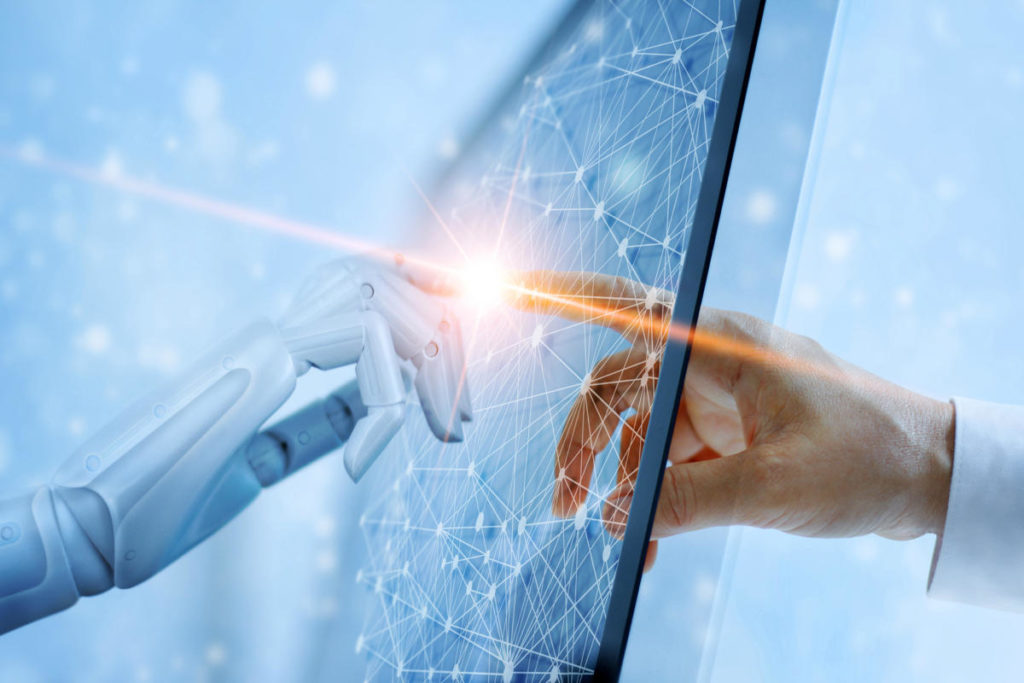
The simulation result is bafflingly unexpected, as it was an initial assumption that all odds would go in favor of the wholly automated robotic team. It, therefore, proves the logic that complete system automation does not directly translate to competent efficiency.
Thus the automation and digitization discussions inline with efficiency have taken a new twist and affirms the importance of teamwork under human-robotic automation (see more here). The study’s first author from the University of Gottingen, Professor Matthias Klumpp, supports the concluded findings. He depicts future scenarios where the superiority of joint human-to-robotic team plays will overpower the automated robotic systems. Moreover, the dramatic fear of mass job losses is no longer a threat to the human-centered workforce.
The success of human-machine interaction under robotics needs to consider the highlighted requirements from various disciplines like sociology, computer science, and business administration. People-driven decision systems are the core of many corporate business scenarios. It is, therefore, safe to conclude that companies’ employees have significant input in the technicalities involved in implementing industrial automation.

